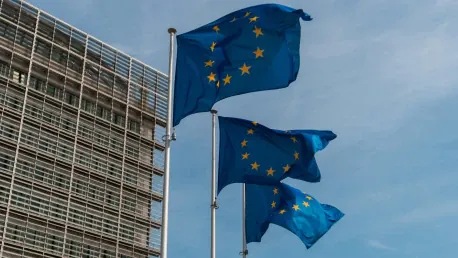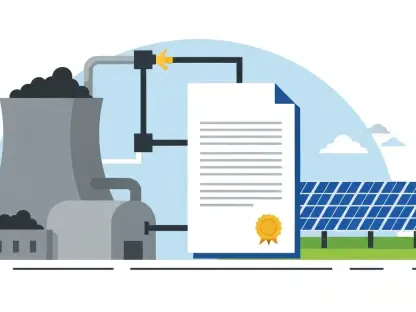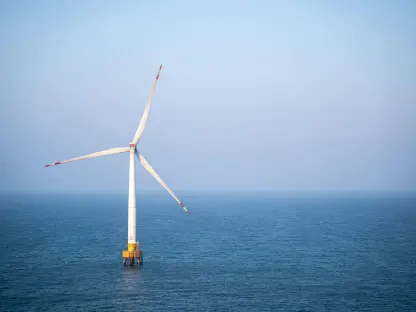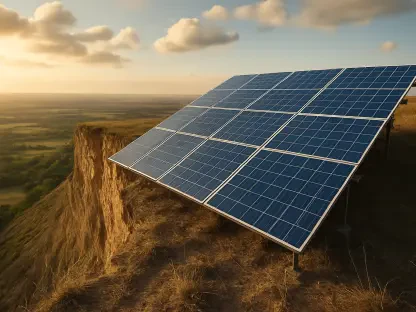The electric vehicle (EV) revolution is poised to transform Europe’s energy landscape in ways that extend far beyond reducing carbon emissions from transportation. As highlighted in the recent report “Plugging into potential: unleashing the untapped flexibility of EVs” by EY and Eurelectric, the potential for EVs to contribute to grid stability and cost savings is monumental. By 2030, Europe is expected to see over 50 million EVs on its roads, comprising 15% of the total vehicle stock. This influx of electric vehicles presents not only a challenge but a unique opportunity to leverage unidirectional smart-charging and vehicle-to-grid (V2G) technology to reshape the energy market.
Harnessing Economic Benefits through Smart Charging
Optimizing EV charging times can lead to significant cost savings for both consumers and energy providers. The total cost of ownership (TCO) for EVs can be drastically reduced by implementing smart-charging solutions. For example, compact EV owners in the UK could save up to 19% per year by adjusting their charging to off-peak hours. In other European countries, family car and SUV owners could see annual savings ranging from 15% to 29%. Such financial benefits can make EV adoption more attractive to the average consumer, accelerating the shift from traditional internal combustion engine vehicles to electric alternatives.
These savings are not just limited to individual consumers but extend to the broader energy grid. European grid operators stand to save approximately $4.36 billion annually through the integration of smart-charging and V2G technologies. By allowing EVs to feed electricity back into the grid during peak demand periods, grid operators can reduce the need for expensive network investments. This bidirectional energy flow can also help balance supply and demand, reducing the risk of blackouts and ensuring a more stable and reliable energy system.
Beyond individual and grid-level savings, the adoption of smart-charging and V2G technology also supports the economic integration of renewable energy sources. By adjusting charging times to coincide with periods of high renewable energy generation, such as during midday when solar power is abundant, the curtailment of renewable energy can be minimized. This ensures that more clean energy is utilized, further driving down the overall cost of electricity and reducing dependency on fossil fuels.
Enhancing Grid Stability with EV Flexibility
The flexibility that EVs bring to the grid is essential for maintaining stability, especially as the share of intermittent renewable energy sources like wind and solar continues to rise. By 2030, EVs are anticipated to contribute up to 4% of Europe’s annual power supply, which is enough to power 30 million homes. This capability is vital as it provides a buffer that can be used to smooth out fluctuations in power generation and consumption, ensuring a more consistent and reliable energy supply.
EV flexibility can double as a scalable and economical solution to meet localized energy needs. With the power demand in Europe projected to exceed 4,500 TWh by 2050, the integration of smart-charging and V2G technologies into energy system planning becomes not just beneficial but necessary. Localized energy storage and release through EVs can reduce strain on the grid and minimize the need for costly infrastructure upgrades.
Moreover, the report points out that the demand for flexibility in power systems will double by 2030, driven mainly by the increasing share of renewable energy sources. EVs can play a crucial role in meeting this demand by serving as mobile energy storage units that can absorb excess power during periods of high generation and release it during peak consumption times. This dynamic capability not only aids in grid stability but also enhances the overall efficiency and sustainability of the energy system.
Consumer Engagement and Future Outlook
The electric vehicle (EV) revolution is set to transform Europe’s energy landscape, extending far beyond the reduction of carbon emissions from transportation. According to the recent report “Plugging into potential: unleashing the untapped flexibility of EVs” by EY and Eurelectric, EVs hold massive potential for enhancing grid stability and generating cost savings. By 2030, Europe is anticipated to have over 50 million EVs on its roads, making up 15% of the total vehicle stock. This surge of electric vehicles not only presents a challenge but also a unique opportunity to revolutionize the energy market through unidirectional smart-charging and vehicle-to-grid (V2G) technology. By utilizing these technologies, EVs can supply power back to the grid during peak times, helping to balance demand and potentially lower energy costs. As more EVs integrate into the grid, the flexibility they offer could prove invaluable in managing energy resources more efficiently, ultimately supporting Europe’s broader energy transition goals.









